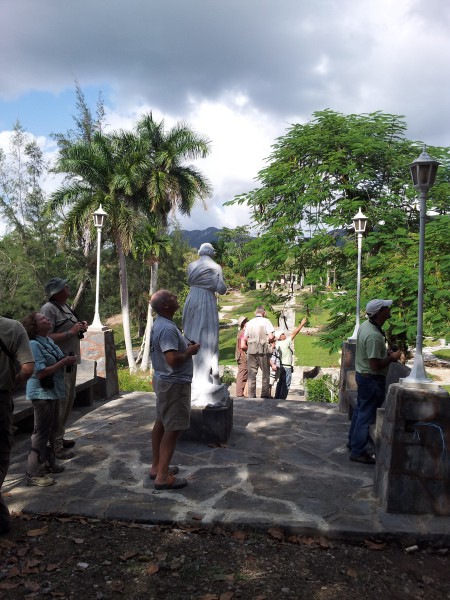Tampa Audubon Society’s Cuba Bird Survey
Includes Cuba’s Western Mountains, Zapata Peninsula, and Havana
January 14-20/21, 2017
OPEN
The TAMPA AUDUBON SOCIETY (TAS) in collaboration with Caribbean Conservation Trust (CCT) is promoting an exclusive, U.S. led and managed birding program to Cuba! The program is coordinated under U.S. government authorization by Connecticut based CCT. In early 2016 CCT staff began their 20th year of managing bird conservation and natural history programs in Cuba. Along with TAS President and past Field Trips Chair Mary Keith, our team will include acclaimed Cuban scientist, Dr. Luis Diaz curator, National Museum of Natural History in Havana), a bilingual Cuban tour leader and local naturalists in 3 different birding areas. They will guide you through some of the best birding habitat in Cuba, the Caribbean’s largest and most ecologically diverse island nation.
CCT designed this itinerary to take you to Cuba’s finest bird habitats, most beautiful national parks, diverse biosphere reserves, and unique natural areas. We will interact with local scientists and naturalists who work in research and conservation. In addition to birding, we will learn about the ecology and history of regions we visit. Finally, and especially given the ongoing changes in U.S. – Cuban relations, we can expect some degree of inquiry into fascinating aspects of Cuban culture, history, and daily living during our visit.



Where We Travel
Our Cuba Bird Survey begins in the forests surrounding Las Terrazas Community, established in 1968 as a re-forestation and community integrated development project. In Cuba’s post-revolutionary history, the community has blossomed as a model of sustainability, and is currently a prime destination for ecologically based tourism.
